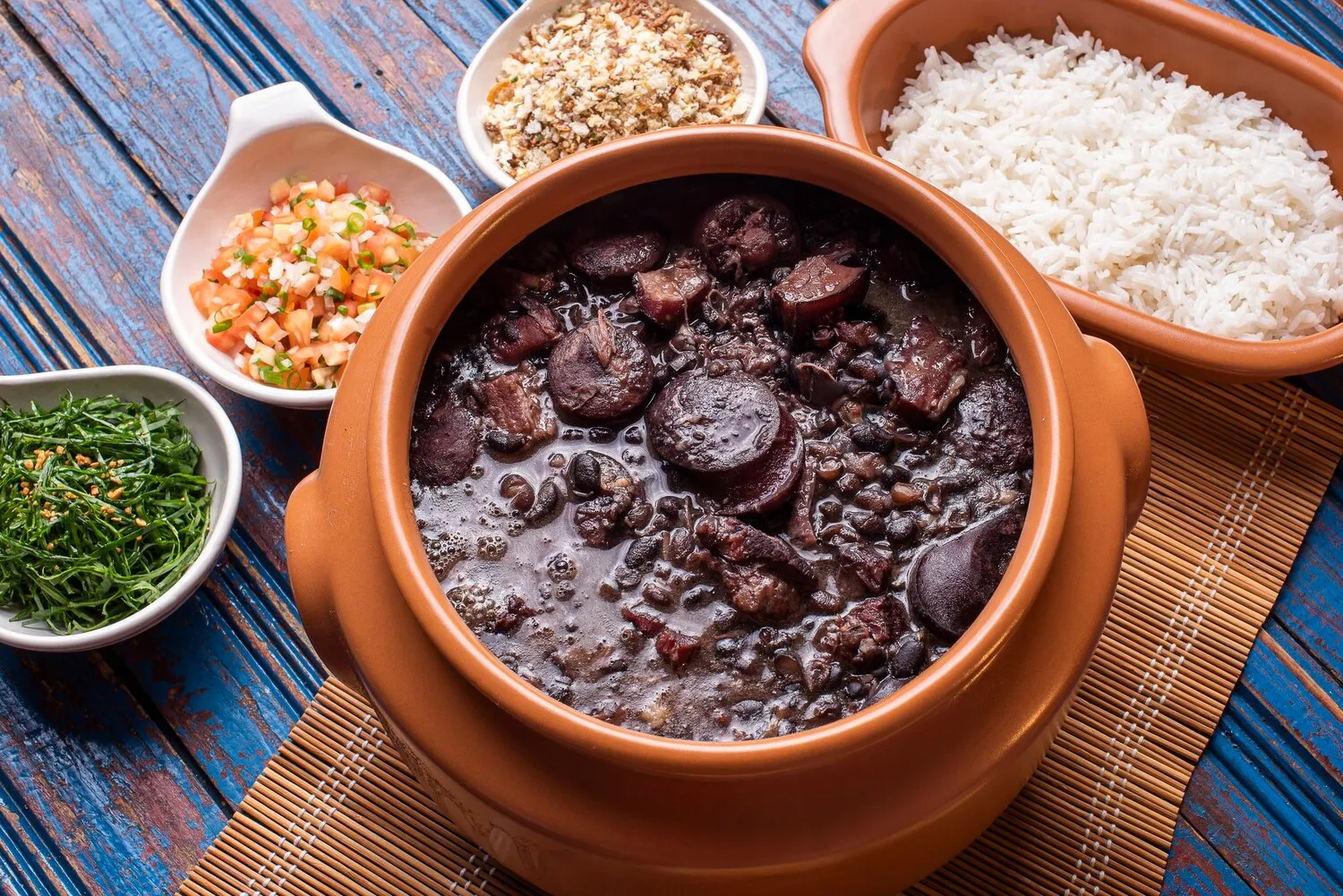
Mandioca Frita
Fried cassava, also known as yuca. A popular side dish or snack.
Nutrition Facts
* The % Daily Value (DV) tells you how much a nutrient in a serving of food contributes to a daily diet. 2,000 calories a day is used for general nutrition advice.
Armazém do Sertão
Cassava, native to South America, has been cultivated for thousands of years. Indigenous populations were the first to discover its culinary uses and develop methods for processing it to remove toxins. The practice of frying likely evolved over time, influenced by both indigenous techniques and later European culinary traditions.
Mandioca Frita is deeply ingrained in Brazilian culinary culture, serving as a versatile and beloved snack, side dish, and street food. Its accessibility and affordability have made it a staple across various socio-economic groups.
Street Food Staple
In Brazil, mandioca frita is commonly sold by street vendors, often served in paper cones or small bags, providing a quick and satisfying snack for people on the go.
Bar Snack (Petisco)
It's a popular 'petisco' (snack) in Brazilian bars and restaurants, frequently accompanying cold beer or caipirinhas. Often served with dipping sauces like mayonnaise, ketchup, or hot sauce.
Side Dish
Mandioca frita is a common side dish served with various Brazilian meals, complementing grilled meats (churrasco), stews (feijoada), or other traditional dishes. It is a good substitute for fries.
Mandioca Frita offers a simple yet satisfying flavor profile centered around the slightly sweet, earthy taste of cassava complemented by a crispy, often salty exterior.
The primary flavor is the mild, slightly sweet, and subtly nutty taste of cassava itself. Frying enhances this natural sweetness and creates a pleasing contrast between the crispy outer layer and the softer, slightly starchy interior. A generous sprinkle of salt after frying further elevates the flavor. Some variations incorporate seasonings like garlic powder, paprika, or black pepper for added complexity.
Choosing the Right Cassava
Select firm, unblemished cassava roots. Fresh cassava tends to fry better and have a more desirable texture.
Proper Peeling and Cutting
Peel the cassava thoroughly, removing all the waxy outer layer. Cut into uniformly sized pieces to ensure even cooking.
Pre-Cooking for Optimal Texture
Boiling or steaming the cassava before frying helps to soften the interior and creates a more tender texture. This is especially important for varieties that tend to be more fibrous.
Double Frying for Extra Crispness
For a supremely crispy exterior, consider double frying. Fry the cassava once at a lower temperature to cook it through, then fry again at a higher temperature to achieve a golden-brown, crispy crust.
Oil Temperature is Key
Ensure the oil is hot enough (around 350-375°F or 175-190°C) before adding the cassava. Too low and the cassava will absorb too much oil and become soggy.
Explore additional Traditional Brazilian dishes and restaurants
Explore Traditional BrazilianDiscover top dining spots and culinary experiences in Feira de Santana.
Explore Feira de SantanaLearn more about the food culture, restaurant scene, and culinary heritage of Brazil.
Explore Brazil